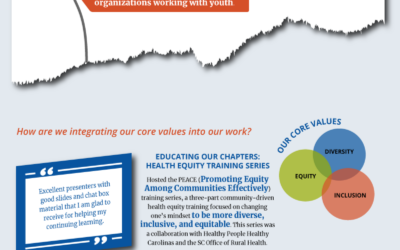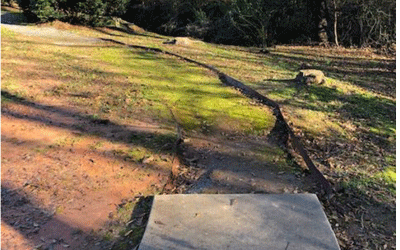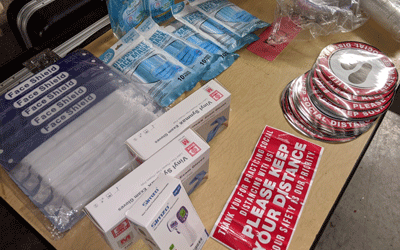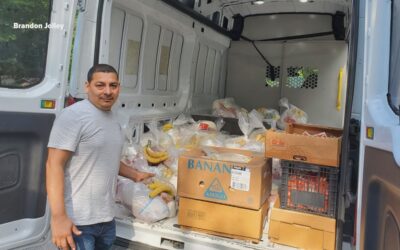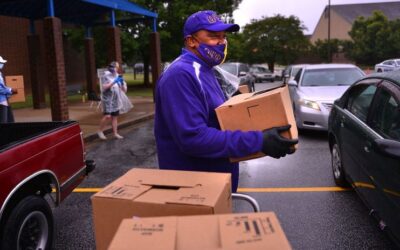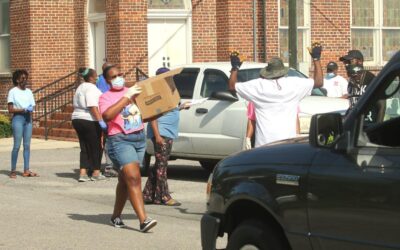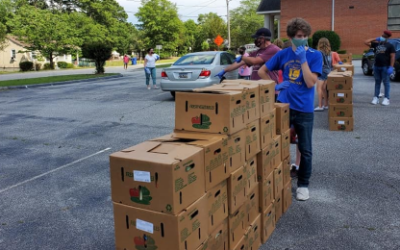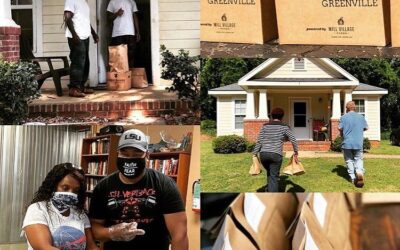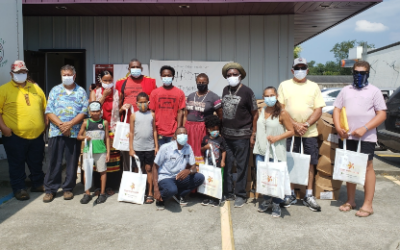In 2020, ESMMSC pivoted to remote work and continued to have an impact on communities across South Carolina.
Impact
Keystone Substance Abuse Services Completes Walking Trail Loop
York County rehab center trail becomes a tool for patients in recovery and for workplace wellness.
Pandemic Presents Challenges and Opportunities for HYPE Teams
AME HYPE teams made adjustments during the pandemic to continue their healthy eating and active living projects.
Neighbor Network ‘Mutual Aid’ Answers Community Calls for Help
Mutual Aid teamed up with Tienda Latina Pasabien to help the Latino community get food during the pandemic.
Spartanburg Families Receive a Helping, Healthy Lift
Volunteers joined Rep. Henderson-Myers and event organizers to hand out boxes and bags of produce and vouchers for $10 at the Hub City Farmers’ Market.
Pee Dee Farmers Market Helps Feed Mullins Community
The USDA classifies Mullins as a food desert, which means many families were already lacking access to fresh, healthy, and affordable foods, but COVID-19 made the situation worse.
National Action Network Chapter Focuses on 29203 Community in Columbia
In Columbia, the zip code 29203 is well-known for health disparities and inequities of all kinds.
Food Desert Neighborhoods in Greenville Impacted by COVID-19, Increased Food Insecurity
Believe it or not, food deserts do exist in urban areas. Why? Because all neighborhoods in cities are not equal.
American Indian Organization Helps Western Orangeburg County Get Food
Do you think you would have a tough time finding food to feed your family with only one grocery store available AND during a crisis?

